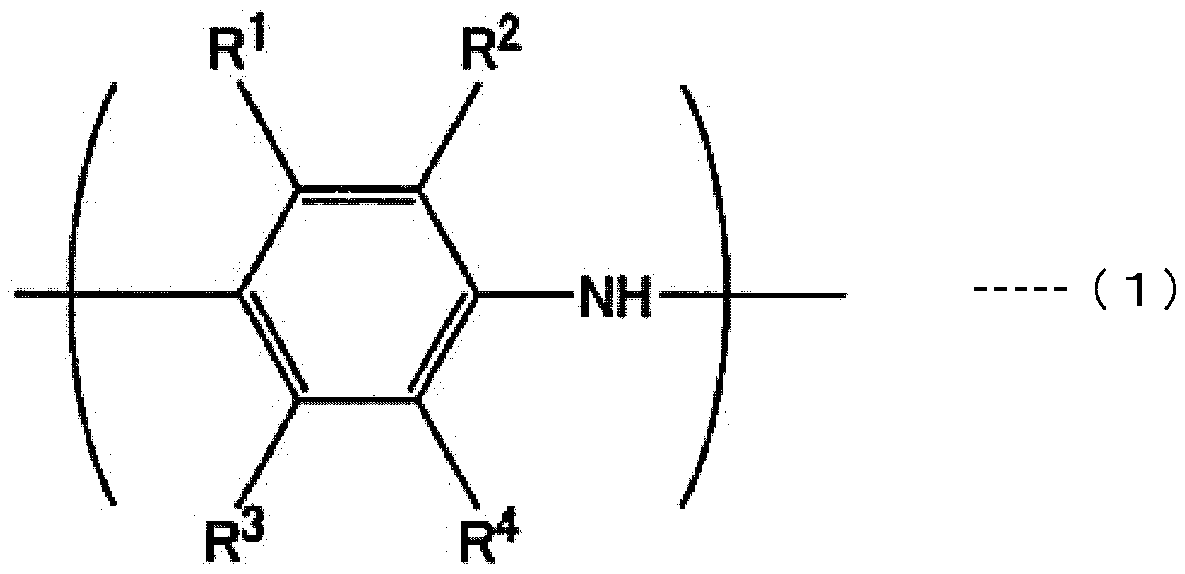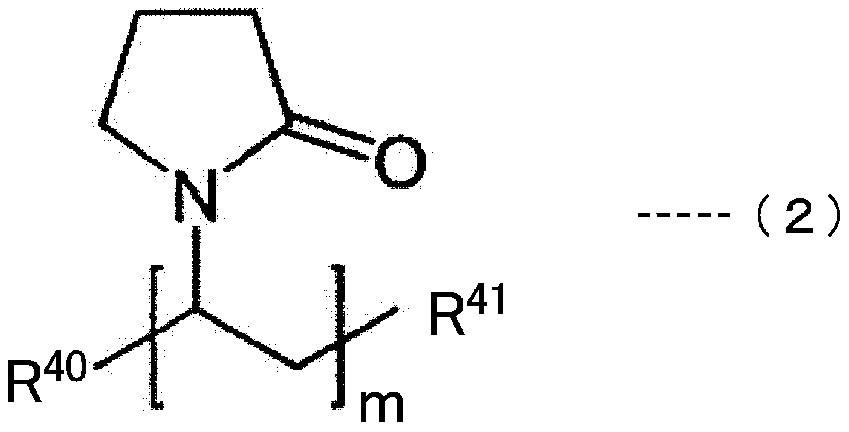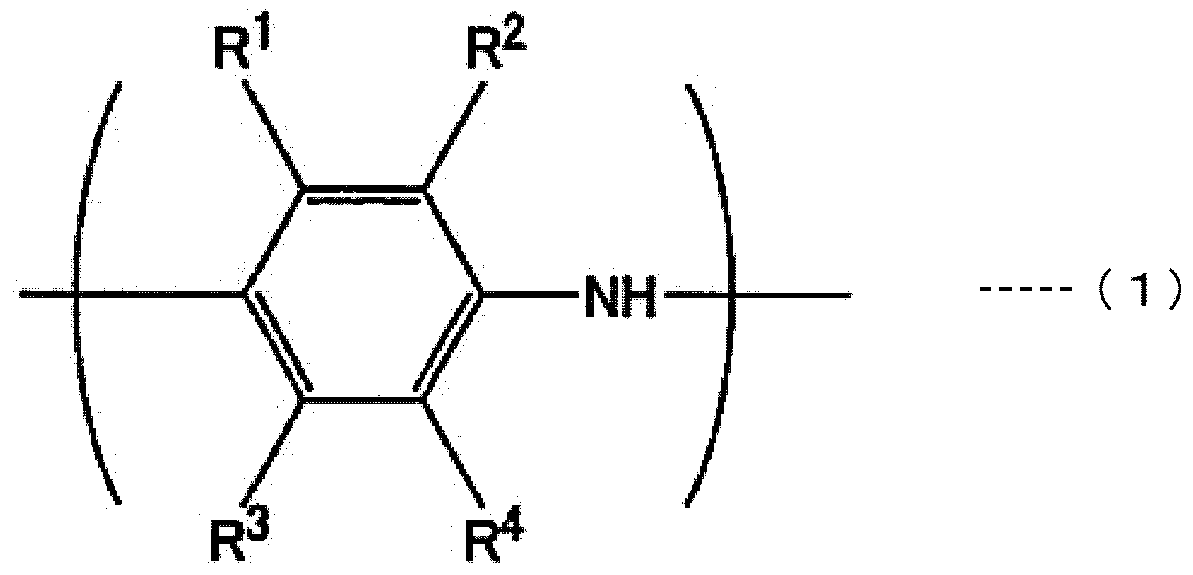Conductive composition, method for producing conductive composition, and method for producing conductor
A technology of conductive polymers and manufacturing methods, applied in the direction of conductive materials dispersed in non-conductive inorganic materials, cable/conductor manufacturing, semiconductor/solid device manufacturing, etc., can solve pattern defects, filter clogging, filter time fluid Flow extension and other issues, to achieve the effect of short filtering time
- Summary
- Abstract
- Description
- Claims
- Application Information
AI Technical Summary
Problems solved by technology
Method used
Image
Examples
Embodiment
[0270] Hereinafter, the present invention will be described in further detail through examples, but the following examples do not limit the scope of the present invention.
[0271]In addition, various measurement and evaluation methods in Examples and Comparative Examples are as shown below.
[0272]
[0273] A 0.1% by mass aqueous solution of the water-soluble polymer (B) was filtered using a 0.45 μm membrane filter to prepare a sample. The GPC measurement of the said sample was performed under the following conditions, and the mass average molecular weight of a water-soluble polymer (B) was measured.
[0274] (GPC measurement conditions)
[0275] ・Measuring instrument: TOSOH GPC-8020 (manufactured by Tosoh Corporation)
[0276] ·Eluent: 0.2M-NaNO 3 -DIW / acetonitrile=80 / 20 (v / v),
[0277] ·Column temperature: 30°C
[0278] Calibration line: use EasiVial TM Produced by polyethylene glycol / oxide (manufactured by PolymerLab Co., Ltd.)
[0279]
[0280] The in-liquid p...
manufacture example 1
[0306]
[0307] At 25° C., 5 mol of 2-aminoanisole-4-sulfonic acid was dissolved in 3000 mL of 2 mol / L pyridine in acetonitrile (water / acetonitrile=5:5) to obtain a monomer solution. Separately, 5 mol of ammonium peroxodisulfate was dissolved in 4 L of acetonitrile aqueous solution (water / acetonitrile=5:5) to obtain an oxidizing agent solution. Next, the above-mentioned oxidizing agent solution was cooled to 0°C, and at the same time, the above-mentioned monomer solution was added dropwise. After completion of the dropwise addition, the mixture was further stirred at 25° C. for 12 hours to obtain a reaction mixture containing a conductive polymer. Thereafter, the conductive polymer was separated by filtration from the above reaction mixture with a centrifugal filter. After the conductive polymer was washed with methanol, it was dried to obtain 500 g of a powdery conductive polymer (A-1).
manufacture example 2
[0309]
[0310] Under a nitrogen atmosphere, add 3-[(2,3-dihydrothieno[3,4-b]-[1,4]dioxan-2-yl) to a 50 mL Schlenk tube 0.505 g (1.52 mmol) of sodium methoxy]-2-methyl-1-propanesulfonate and 7.5 mL of water were added at room temperature to 0.153 g (0.93 mmol) of anhydrous iron trichloride, followed by stirring for 20 minutes. Thereafter, a mixed solution of 0.724 g (3.05 mmol) of sodium persulfate and 5 mL of water was added dropwise with a syringe. After stirring at room temperature for 3 hours, the reaction liquid was added dropwise to 100 mL of acetone, and a black polymer was precipitated. The polymer was dried by filtration and vacuum to obtain 0.88 g of 3-[(2,3-dihydrothieno[3,4-b]-[1,4]dioxan-2-yl)methanol A polymer of sodium oxy]-1-methyl-1-propanesulfonate. Next, 9.2 g of a cation exchange resin (Lewatit MonoPlus S100 (H type)) was added to an aqueous solution of a 1% by mass solution prepared by adding water to the obtained polymer, and stirred at room temperatu...
PUM
| Property | Measurement | Unit |
|---|---|---|
| degree of polymerization | aaaaa | aaaaa |
Abstract
Description
Claims
Application Information
 Login to View More
Login to View More - R&D
- Intellectual Property
- Life Sciences
- Materials
- Tech Scout
- Unparalleled Data Quality
- Higher Quality Content
- 60% Fewer Hallucinations
Browse by: Latest US Patents, China's latest patents, Technical Efficacy Thesaurus, Application Domain, Technology Topic, Popular Technical Reports.
© 2025 PatSnap. All rights reserved.Legal|Privacy policy|Modern Slavery Act Transparency Statement|Sitemap|About US| Contact US: help@patsnap.com



